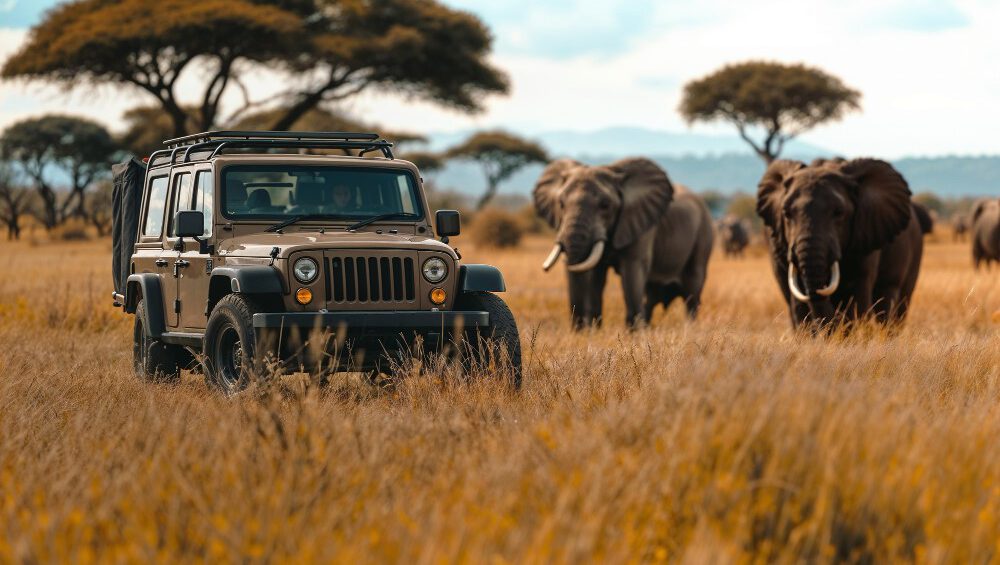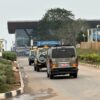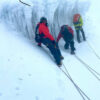Birding in Kibale National Park, Uganda: A Birdwatcher’s Paradise
Birding in Kibale National Park, Uganda: A Birdwatcher’s Paradise
Kibale National Park, often referred to as the “Primate Capital of the World,” is not just famous for its diverse primate species; it is also a haven for bird enthusiasts. Nestled in the western part of Uganda, this lush tropical rainforest boasts an impressive array of over 350 bird species, making it one of the top birding destinations in Africa.
The Rich Biodiversity of Kibale
Kibale’s unique ecosystem is characterized by a mix of tropical rainforests, grasslands, and swampy areas, providing varied habitats that attract a wide range of bird species. Among the notable birds that can be spotted here are the Great Blue Turaco, African Grey Parrot, and the Green-breasted Pitta. The park is also home to several endemic species, making it a must-visit for avid birdwatchers.
Best Time for Birding
The best time to visit Kibale for birding is during the wet season, from March to May and September to November. During these months, migratory birds arrive, and the lush greenery makes spotting birds easier. The early morning hours are particularly productive, as many birds are most active at dawn.
Birding Trails in Kibale
Kibale National Park offers several well-maintained birding trails that cater to both novice and experienced birdwatchers. Some popular trails include:
-
Kibale Forest Trail: This trail winds through the dense forest and offers excellent opportunities to spot various bird species, including the elusive Green-breasted Pitta.
-
Bigodi Wetland Sanctuary: Located just outside the park, this sanctuary is a fantastic spot for birding, especially for water birds and swamp species. The boardwalks allow for easy access without disturbing the wildlife.
-
Kanyanchu River Trail: This trail follows the river and provides a chance to see birds that inhabit riparian zones, such as kingfishers and herons.
Tips for Birdwatching in Kibale
-
Bring Binoculars: A good pair of binoculars is essential for birdwatching. Look for lightweight options with good magnification.
-
Dress Appropriately: Wear comfortable, neutral-colored clothing to blend in with the environment. Waterproof shoes are also recommended, especially during the wet season.
-
Hire a Guide: Consider hiring a local guide who knows the park well. They can help you spot birds and provide valuable information about the species and their behaviors.
-
Be Patient and Quiet: Birdwatching requires patience. Move slowly and quietly to avoid startling the birds.
Conclusion
Birding in Kibale National Park is an unforgettable experience that offers a glimpse into the rich avian diversity of Uganda. Whether you’re a seasoned birdwatcher or a curious traveler, Kibale’s enchanting forests and vibrant birdlife will leave you with lasting memories. Plan your visit today and immerse yourself in the beauty of nature!





